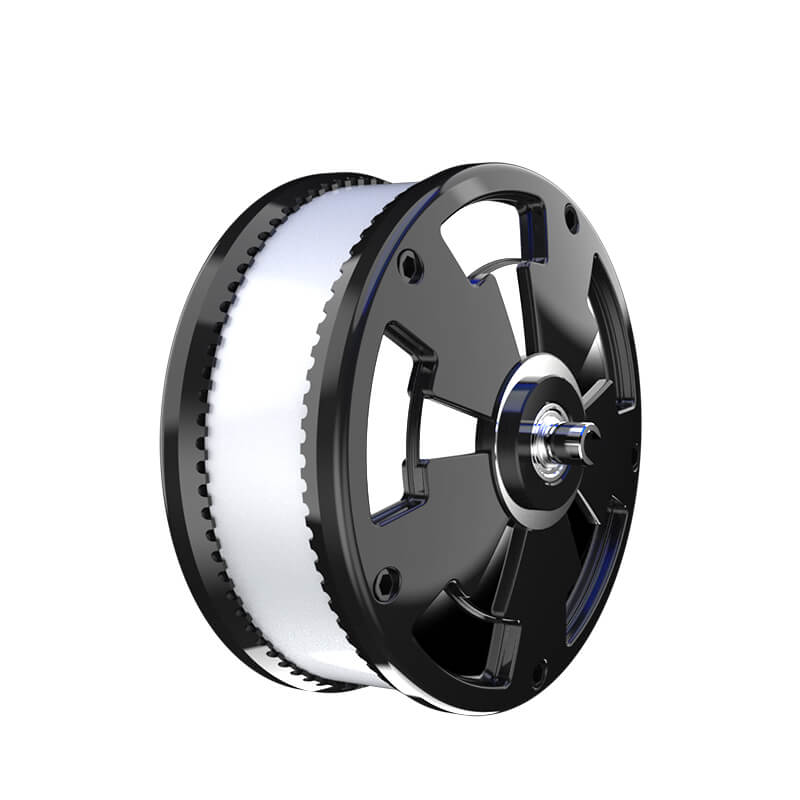Deploying a Go microservice on Azure isn’t just about pressing a few buttons and watching things magically work. It’s about understanding the flow, the little steps that make your service tick smoothly in the cloud. First, you think about containerization—Docker makes that a breeze. You write your Go app, containerize it with a Dockerfile, and before you know it, you’ve got a portable unit ready to roll.

But then, Azure comes into play. The question is, which path do you take? Azure Container Apps? Azure Kubernetes Service? It depends on scale and flexibility. For lightweight, straightforward deployments, Container Apps are like that easy-going friend—you set it up, and it handles the rest. Kubernetes? That’s more heavyweight, great for when you want fine-tuned control and orchestration, but it’s also more complex to manage.
Deploying involves creating a container registry—Azure Container Registry makes that so smooth, you’ll wonder why you ever fussed over other options. Push your Docker image there, then tell Azure to pull and run it. The commands? Simple, but they pack a punch—like a direct line into the cloud’s heart. Just a few CLI commands, and bam, your microservice is live, accessible, and ready to chew through requests.
Sometimes, people ask: “What about scaling?” The beauty is, on Azure, auto-scaling is built-in. One minute your service is modest, the next, it’s handling a storm of requests without breaking a sweat. You don’t need to babysit servers—Azure’s smart enough to manage that.
Monitoring is crucial. Azure Monitor offers insights—how many requests are pouring in, where are bottlenecks, and is it performing well? It’s like having a dashboard for your microservice’s health, all in one place. When issues pop up, you can jump straight in, tweak configurations, or roll out updates seamlessly.
Why choose this route? Cost-efficiency is a biggie. You only pay for what you use—no wasted resources. Plus, the ecosystem is robust; integrating with other Azure services? Simple as pie. Whether you’re talking about database layers, authentication, or analytics, it's all within reach.
People often wonder, “Is it really so straightforward?” Honestly, yes. It’s about understanding the infrastructure, knowing how to leverage those managed services, and having a clear plan on how your Go microservice will interact with the cloud environment. Once you get the hang of it, deploying your own microservice becomes less of a chore and more of an empowering process.
In the end, deploying Go microservices on Azure isn’t just a technical task; it’s a chance to build resilient, scalable systems that can grow as fast as your ideas do. Dive into the setup with confidence—Azure makes it accessible, and with a little practice, you’ll be deploying with ease.
Established in 2005, Kpower has been dedicated to a professional compact motion unit manufacturer, headquartered in Dongguan, Guangdong Province, China. Leveraging innovations in modular drive technology, Kpower integrates high-performance motors, precision reducers, and multi-protocol control systems to provide efficient and customized smart drive system solutions. Kpower has delivered professional drive system solutions to over 500 enterprise clients globally with products covering various fields such as Smart Home Systems, Automatic Electronics, Robotics, Precision Agriculture, Drones, and Industrial Automation.




































